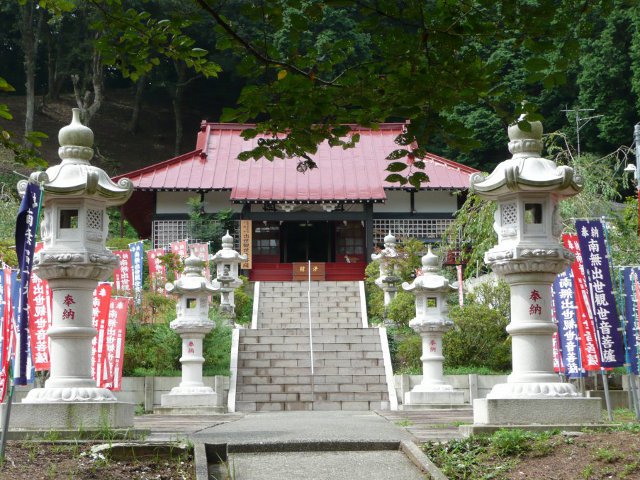
Kiln-baked bread and baked goods shop for dairy
A stone kiln built by the shopkeeper himself catches the eye. Bread baked with far infrared and steam remains delicious even after time. You can also taste pizza and lunch at the Eat Inn.
Info
Business Hours
Price
Spot Category
The information provided reflects the details available at the time of the survey.
Please note that facility details may change due to the facility’s circumstances, so please check for the latest information before visiting.
This content has been translated using machine translation.
Information provided by: JTB Publishing
The content uses an automatic translation service, which is not always accurate.
The translated content may be different from the original meaning, so please understand and use it.

A stone kiln built by the shopkeeper himself catches the eye. Bread baked with far infrared and steam remains delicious even after time. You can also taste pizza and lunch at the Eat Inn.

養老渓谷駅から、宝衛橋、白鳥橋の2つの橋を渡って、観音橋に到着。太鼓橋がふたつ連なる朱塗りの橋で、歩いてみるとかなりの勾配を感じられる。出世観音は正式名称は立國寺。石橋山合戦に破れた源頼朝が観音様に願を懸けた場所と伝わる。

The popular pure gold kuroshionaka was an idea of a confectionery made with plenty of sweet paste during the post-war era when sweet sweets were scarce. There are three types of tsubu and sesame paste, 200 yen each, and 210 yen with fertilizer, and gold leaf is baked into the skin. 486 yen per salted rice bowl is a confectionery made by kneading glutinous rice flour, salt and sugar into a square shape. It was created after the salt fields on the Goi coast. It is decorated with salted cherry blossoms, and the tasteful sweetness is tasteful. 200 yen is also recommended for each offering of white paste and Tamba black beans in a solid dough.

On the occasion of the Ojō Kōki, who was appointed as the lord of Osugasō, Shimousa Province, he was invited by Shinano Suwa Taisha Shrine as the god of the lord of the territory. He has since been revered as the god of industrial development, the god of wisdom, and in recent years as the god of advanced learning. The present main shrine is of the 1853 (Kaei 6) construction, and the annual festival "Sawara no Taisai (Autumn Festival)", which takes place in October every year, is designated as a national important intangible folk cultural property.

The temple of the Tendai sect, known as Narikiri (Namikiri), is a temple of the Tendai sect that collects the thick faith of the fishing people for great fishing prayers and sea protection. The main priest, Fudō Myōō, was reportedly picked up from the sea by the wives of the fishermen of the land during the middle Kamakura period and laid them here to rest. The thatched-roofed Fudō, which houses Fudō Myo, is designated as a national important cultural property, and is presumed to have been erected during the Muromachi period.

Western-style Mie-bashi, a masonry method, on the lower Nagao River at Takiguchi, Shirahama. Because there are three arches, it is not really glasses, but it has come to be called a glasses bridge from the appearance of moving to the river. The bridge was built in Meiji 21 (1888) with a donation of 399 yen and 40 yen from the villagers. He said he had walked across the river before the construction. It is a sturdy bridge that, in wartime, tanks passed through it without being broken by the Great Kanto Earthquake. Repair work was carried out in 1977 and 1993, and the figure remains at the time of construction. Prefectural Designated Tangible Cultural Property. Japan's Meihashi Hyakusyo.
This website uses cookies so that we can provide you with the best user experience possible. Cookie information is stored in your browser and performs functions such as recognising you when you return to our website and helping our team to understand which sections of the website you find most interesting and useful.
Strictly Necessary Cookie should be enabled at all times so that we can save your preferences for cookie settings.
If you disable this cookie, we will not be able to save your preferences. This means that every time you visit this website you will need to enable or disable cookies again.
